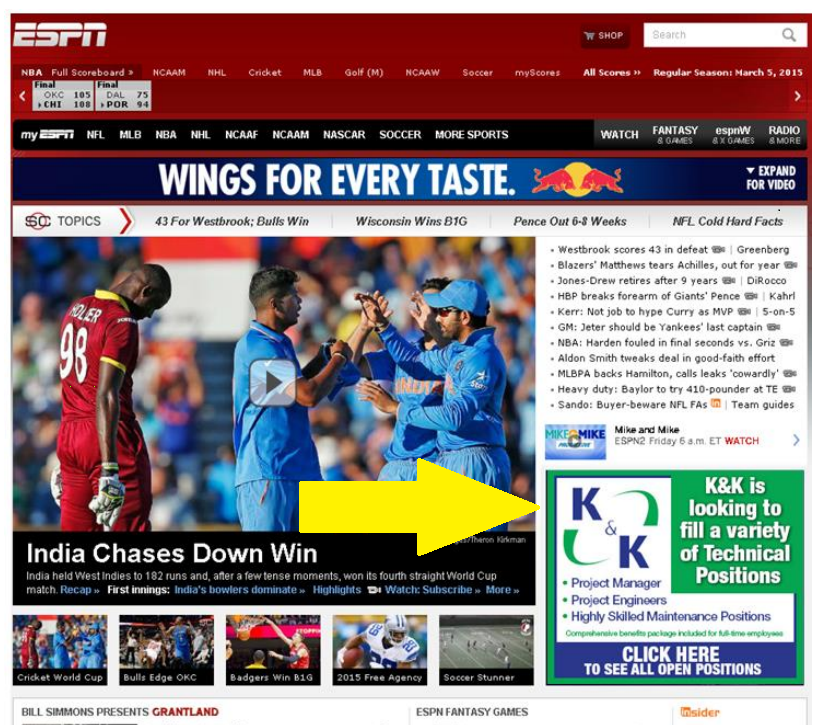Imagine the situation familiar to all internet users. You have finally decided to go on vacation! In anticipation of the warm sea and shining sun, you start to think about accommodation. You visit websites like Airbnb.com or Booking.com and quickly choose a cozy bungalow. Now the matter is closed and it’s time to learn more about sunblocks, but it’s not that simple. When visiting other sites, you see different ads proposing to find an apartment or book a room in the city of your vacation. This can annoy somebody, but it’s possible that you’ll change your choice after clicking on the ad. In any case, you have become a targeted auditory of accommodation booking websites and the ads you see are also targeted.
So, what is targeted advertising? Targeted advertising is a form of advertising that focuses on certain traits of the consumer, these traits are based on the product or person the advertiser is promoting. They are located in areas where consumers with those traits are likely to come upon. For example, your product can be interesting only for mid-level managers who like rafting. Or maybe your perfect audience includes strong and independent women having at least three adorable cats. In any case, if you want to show your ads only to the most concerned users, the solution is setting up targeted advertising.
Hey! Let’s stop here. An ordinary person who is not an online marketer or PPC specialist is likely to ask himself: “What’s the difference between targeted and contextual advertising?” Indeed, they both exist to catch an interested audience. And as you can figure it out, these two types of advertising are paid. But they’re not the same thing.
Contextual and targeted advertising. What’s the difference?
Contextual (paid) ads are displayed on the results pages based on keywords users type for a search. Like this:

All advertising you see in Google search is contextual. Moreover, paid advertising is available for websites in general. You can place them on thematic pages that are geared to the audience likely to visit the site. Like this:
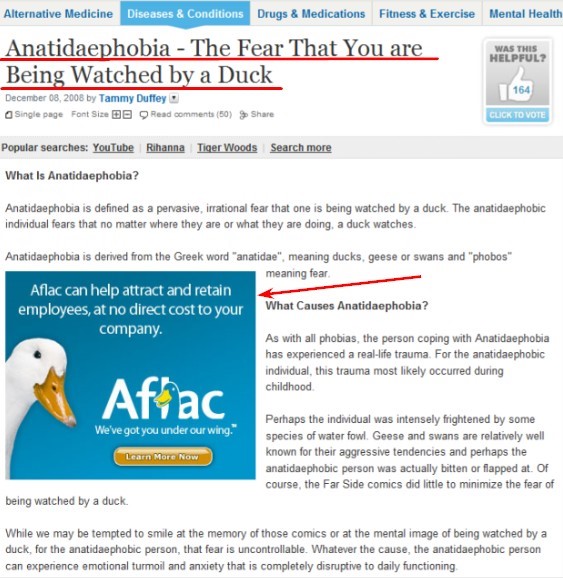
Although in this case, keyword “duck” had probably played a bad joke on advertiser:)
When setting up PPC campaigns in Google Ads, you can make them more precise by choosing the gender, age and geo-location of potential customers. In this case paid advertising becomes close to targeted.
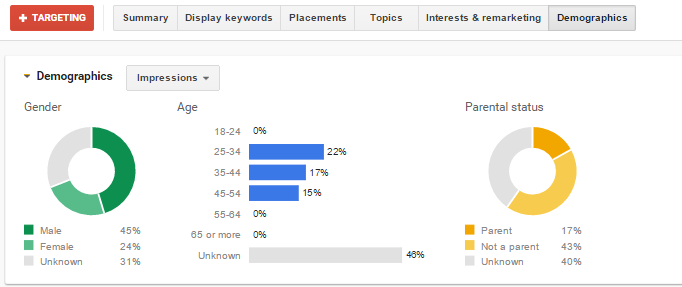
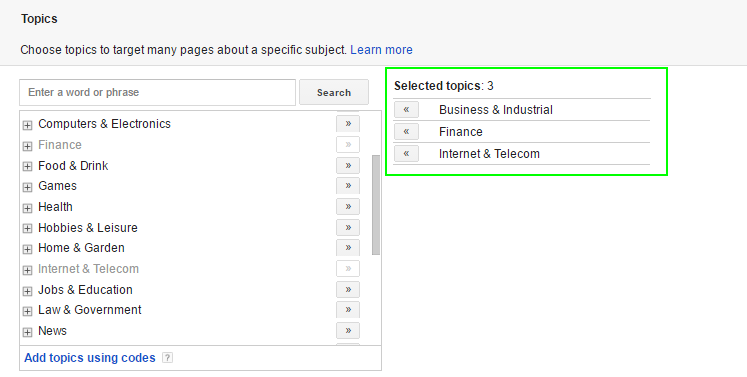
Returning to targeted advertising, you can meet it on social networks websites, and it looks like this:

But also these are banners displayed on the websites that have totally different topics. Imagine that you have been looking for a new job online and then you see the banners proposing to find it on the sport website:
In this case you just wanted to watch a football video, but Google displayed these ads based on your previous behavior. Search engine suggests that this topic can be still interesting for you.
- So, contextual advertising responds to existing demands and is displayed for people who are looking for the same products at this time. Targeted advertising has to create demand and is displayed for people not looking for your product, but potentially interested in it.
- When running contextual advertising you try to guess user’s search query in order to show a relevant result, in case of targeted advertising you try to catch attention of particular people with a tempting proposition. The first one is focused on keywords, the second one is focused on people.
- Talking about contextual advertising, you compete for the keywords, when running targeted advertising, you compete for the targeted audience. If it isn’t selected properly, you’ll overpay for targeted ads.
As you have already understood, for targeted advertising a traditional bidding model of pricing is applicable, same as for PPC. The one who proposes more gets the audience, but it’s not always like this. If the ad is popular, it’s CPC can be lower. In social networks advertisers pay for clicks, for actions or for the number of people reached by their ads. The last one is very popular and is called CPM (cost per mille). This means pay for impressions.
Targeted advertising in social networks
When users create profiles in different social networks, they voluntarily leave a lot of information about themselves. It’s not only gender, age, job position or nationality. People tell everybody about their interests and hobbies, and do it with pleasure. Imagine how precious this information is for marketers! They can create any combination of these attributes. Moreover, it’s also possible to transfer the list of your clients from CRM to social networks and show your ads only for them.
Targeted advertising in Google
Google needs data from your cookie files. This allows search engine to receive information about user’s behavior on different web pages, analyze content of users’ emails and search queries they type.
An HTTP cookie is a small piece of data sent from a website and stored in the user’s web browser while the user is browsing. Cookies were designed to be a reliable mechanism for websites to remember stateful information (such as items added in the shopping cart in an online store) or to record the user’s browsing activity (including clicking particular buttons, logging in, or recording which pages were visited in the past). They can also be used to remember arbitrary pieces of information that the user previously entered into form fields such as names, addresses, passwords, and credit card numbers.
Wikipedia
Special attention is payed to anonymity of data, the interests are compared through large-scale generalisations. An algorithm considers the frequency of user’s visits, analyzes information about age, gender, language and so on. For example, if a user visits websites about fishing or cars, the system determines him as a man. However, if data is associated with user’s Google account, it’s treated as personal and allows to show him/her the most relevant advertising. Google avoids targeting by some delicate categories, such as religion, race, sexual orientation, financial situation, etc.
Google provides an opportunity to control google ads you see by editing their settings,or even switch targeted advertising off. Targeted advertising in Google is a paid service that can be ordered by advertisers.
Now it’s time to sum up!
The pros and cons of targeted advertising
At first glance it seems that targeted advertising has only advantages, such as:
- You can cover a specific audience willing and ready to buy your particular product.
- Such advertising is easy and quick to implement, so this service is great for testing different hypothesis.
- The ads may contain pictures, that makes them more attractive and enables to show the branding elements.
However, nothing is perfect, and targeted advertising isn’t an exception:
- You need to consider the burnout of audience. Indeed, when seeing the same picture with unchanged text many times, it becomes a bore.
- Users treat cookie and data mining with suspicion.
- Sometimes wasted resources aren’t compatible with result obtained.
Talking about targeted advertising in social networks, you can face with the following problems:
- The number of clicks can be low, because users don’t like to be distracted from chatting, reading news and commenting photos.
- The same thing with conversion rate. Social networks users aren’t as motivated as those who look for your product. They just have feebly marked needs.
- Any error in targeting can lead to heavy losses, because the audience of social networks is huge.
How to make targeted advertising more efficient with call tracking
- Analyze phone call conversions by keywords. You have to pay special attention to keywords that will form the basis for choosing the targeted audience. Otherwise, you risk showing a costly advertising to people who are actually not interested in buying your product. It’s also important to exclude minus words as they have several different meanings. Dynamic call tracking analyzes advertising campaigns on a keyword level and thus provides a clear understanding of things your customers search for.
- Quick testing. As targeted advertising aims to grab users out of websites they’re visiting, it has to be extremely attractive. Each component has to be delicious. In order to choose the perfect picture and the text, you can create several ads and track phone calls generated by them. Combination that brings the highest number of calls and online conversions is the best.
- The same works with advertising platforms. Call tracking tool compares the number of calls generated by targeted advertising placed on different websites and social networks.
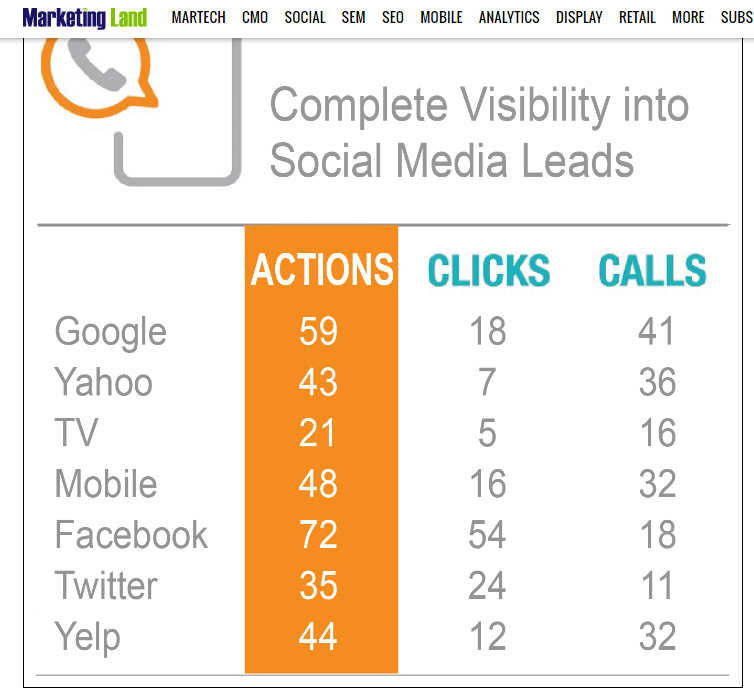
- One more undeniable advantage of call tracking: your sales managers can additionally mark phone calls for further classification. For example, they can set parameters of call value, determine caller’s gender, age, sphere of activity and assign different categories to calls. This can be sale, interest, consultation, etc.. It will be a gold mine of information for marketers when determining the portrait of a perfect customer.
- Integration of call tracking services with different web analytics tools allows to obtain a precise portrait of your customer. For instance, real time web analytics service Woopra creates a detailed profile for each customer showing his/her full history of interactions with your website:, pages visited, keywords typed and etc. With a newly formed integration of Woopra and Ringostat, call tracking data complements users’ profiles and makes them an open book for marketers and PPC specialists.


